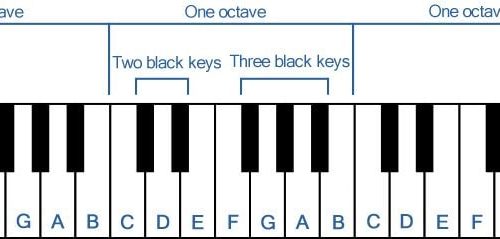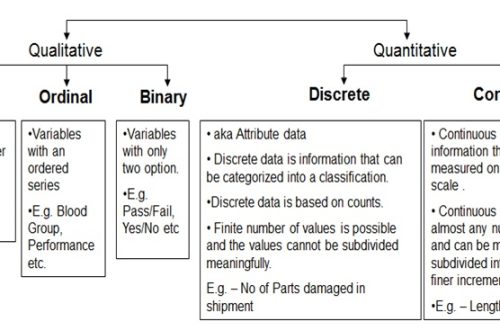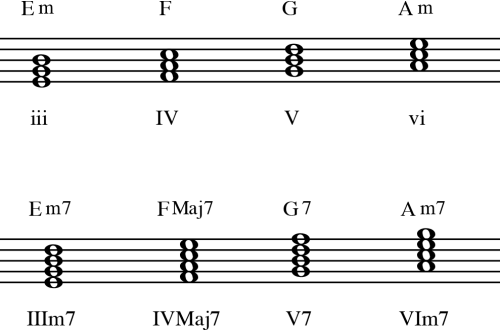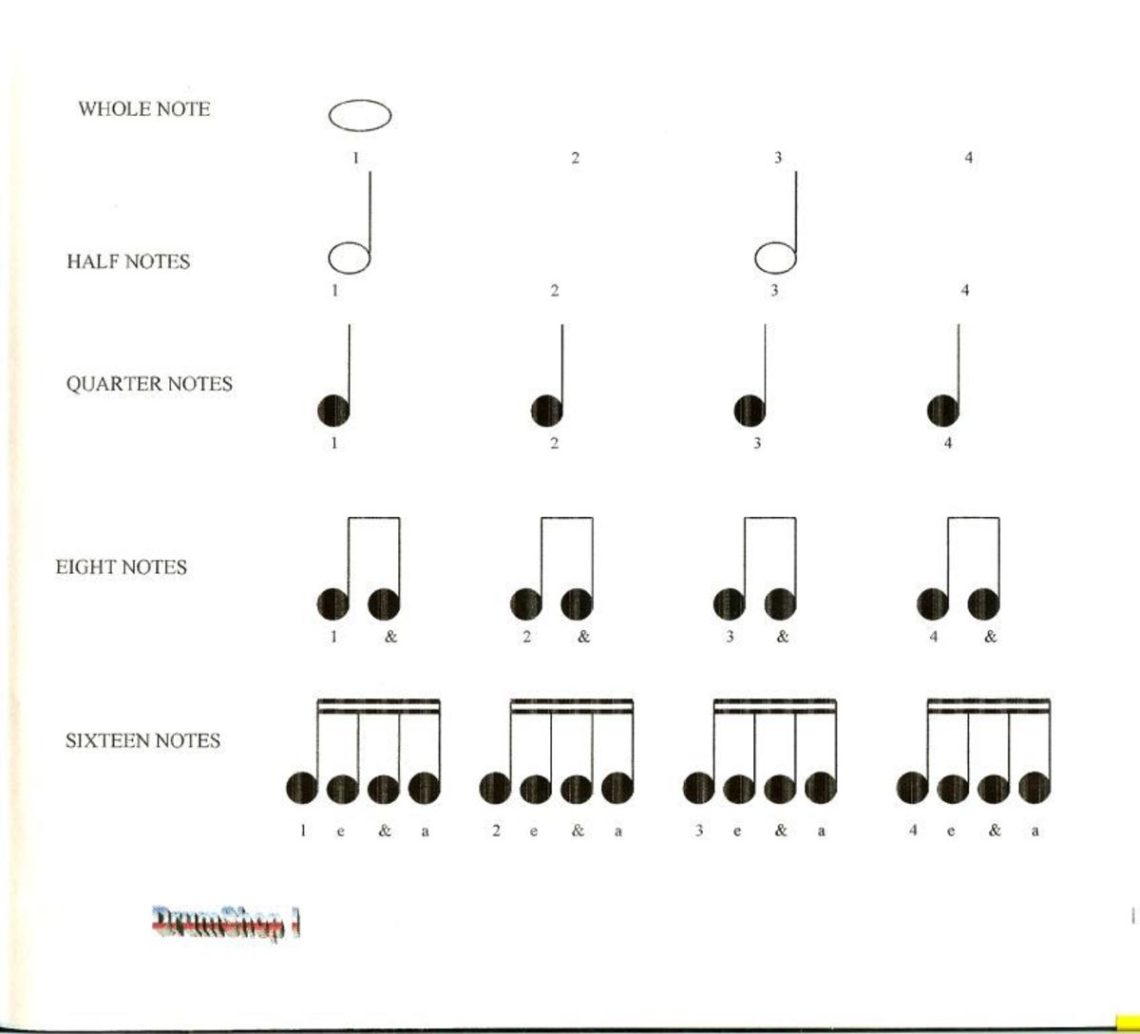
How to explain the duration of notes to a child?
Contents
Has your kid already learned the names of the notes, knows how they are located on the stave? The next task is to explain to the child the duration of the notes. But how to do that? After all, understanding musical durations sometimes causes difficulties even for adults, doesn’t it? We have put together some proven ways for you to teach this lesson to children in a fun and exciting way.
In order for a mother or nanny to be able to acquaint a child with musical durations, she herself needs to understand them very well. Our previous materials can help with this:
What is rhythm and meter in music – READ HERE
Note durations: how to feel and count them – READ HERE
Pauses in music – READ HERE
Before classes start
A distinctive feature of any musical sound is not only its height, but also its duration. Show the child the notes of any children’s song: pay attention to how many different notes there are, and each note (circle) has its own special tail (stick or flag). This tail in music is called “calm”, and it is he who tells the performer how long to keep this or that musical sound.
musical clock
Before proceeding to durations, let’s define such a concept as “musical share”. Give an example of a ticking clock: the second hand beats equal parts at the same speed: tick-tock, tick-tock.
Music also has its own speed (tempo) and its own clicks of “second hands” (beats), only in each song the beats “tick” at different speeds. If the music is fast, then the beats pass quickly, and if a lullaby sounds, the beats “tick” much more slowly.
Unlike “seconds”, beats are strong and weak. Strong and weak beats go in turn, and their alternation is called musical meter. From here, by the way, comes the name of a special device – a metronome, which measures equal parts, beats them off with clicks and is very reminiscent of an old noisy clock. Instead of a metronome, you can use simple claps – one clap will be equal to one beat.
The popular “Apple” method
To clearly explain the duration of notes to a child, you can give an example with an apple (or a pie). Imagine a big juicy apple. It is as round as a whole note, which sounds longer than other durations. It is equal to four shares (or four claps). A whole note does not have a calm, and in the recording it looks like an apple transparent from juice (a circle that is not painted over).
If you divide the fruit in half, you get the following duration – half, or half. One whole note, like an apple, consists of two halves. The half stretches for two shares (or two equal claps), looks like a whole, but at the same time it has a calm.
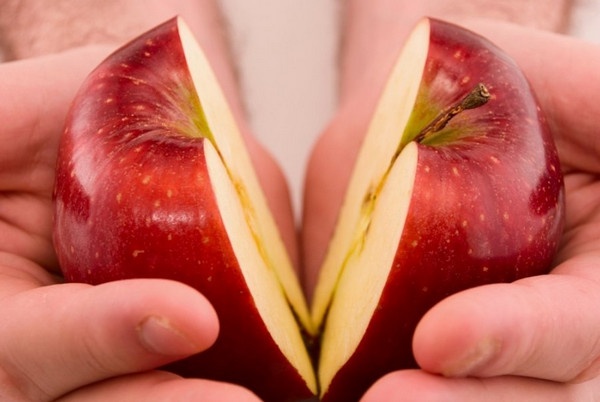
Now we divide the apple into four equal parts – we get quarter durations or quarters (one quarter is equal to one share or one clap). There are four quarter notes in a whole note (hence their name), they are written as halves, only the “apple” now needs to be painted over:
A fruit cut into eight slices will introduce the child to the eighth or eighth (one share accounts for two eighths). If there is only one eight, then its calm has an additional tail (flag). And a few eighths are combined under one roof (two or four each).
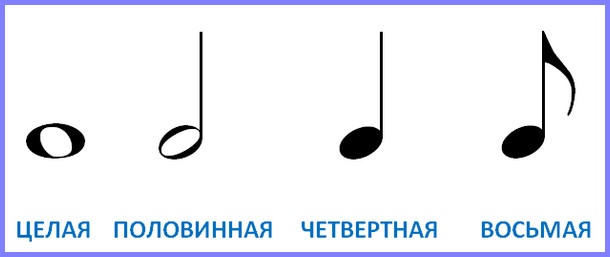
Additional recommendations
Council 1. In parallel with the explanation, you can draw different durations in the album. It is good if, after such a study, the child remembers all the durations and their names.
Council 2. If you are studying at home, then it is better to show all examples with a real apple or orange, and not with a drawn one. You can practice division not only on an apple, but also on a cake, pie or round pizza. This makes it possible to repeat the lesson several times (and when repeating, let the child explain everything himself).
Council 3. The child can be asked to name the names of friends or family members with whom he will share an apple or slices of cake. At the same time, the cut pieces can be put back together in different combinations, asking the following questions: “What note duration can you get if you put these pieces together” or “How many eighth (or quarter) notes fit in one half (or whole)”?
Council 4. For permanent exercises, you can cut out several circles from cardboard. A whole circle according to the “apple principle” symbolizes a whole note. The second circle can be folded in half and draw a half note on each half. We divide the third circle into four parts and, accordingly, dedicate it to quarter notes, etc.
Let the children themselves draw the durations on the circle. It looks something like the figure below.

If you wish, you can download blanks of an already finished circle with or without images from our website, print and cut them out.
MUSICAL CIRCLE PREPARATIONS – DOWNLOAD
Multi-colored ropes or wrappers
Multi-colored shoelaces (strings, threads), and even better – pieces of colored paper in the form of rectangles and squares of different sizes will help to put time indicators of durations in the baby’s head. Prepare the longest string of yellow (or any other) color, it will be a whole note; the red lace is half as long – half. For a quarter, a green rope half the size of a half lace is suitable. Finally, the eight is a very small blue lace.
Explain to the child what durations the shoelaces correspond to. Use simple musical examples: arrange their lengths with strings in the correct order (you will need several identical blanks for the same duration).
For example, in the famous New Year’s song “The Little Christmas Tree is Cold in Winter” there are quarter, eighth and half durations. Here’s how to lay out the rhythm of this song using multi-colored scraps of colored cardboard:

Notes are balloons!
Let’s keep imagining! Use the balloon example to visualize images of basic durations in children’s minds. So, a whole note is a big white ball, while a half note is a white ball on a string. A quarter is some colored balloon on a string, and eights usually do not go alone, so they can be thought of as several colored balloons connected to each other.
After a little training, you can test the young musician. To do this, we need cards with different musical durations. We show the baby a card, and let him name the duration that he sees.
We have already prepared cards for such purposes. You can print several sets of cards at once if you plan to continue using them in your work (for example, with rhythmic dictations). In the future, you may also need pause cards. We provide a link to them.
CARDS “DURATION OF NOTES” – DOWNLOAD
PAUSE DURATION CARDS – DOWNLOAD
In the fairy kingdom!
How to explain the duration of notes to a child? Of course, come up with a fairy tale! Come up with a fairy tale in which the duration of the notes will act as characters. Their properties must somehow be associated with the type of movement.
For example, actors might be:
- The king is a whole note. Why? Yes, because the tread of the king, his steps are very majestic, important. He stops at every step to greet his subjects or to cast a menacing glance over the crowd.
- The queen is a half note. The queen is also delayed. She is delayed by numerous bows, which court ladies send her from all sides. The queen cannot pass by without smiling politely.
- Quarters are brave knights, the faithful retinue of the king. Their steps are clear, active, they will instantly block the road and will not let anyone close to the royal couple.
- Pages are child servants in beautiful camisoles and wigs, they accompany the rulers of a wonderful country everywhere, they carry the royal sword and the queen’s fan. They are simply amazingly mobile and helpful: they are ready to instantly fulfill any whim of the queen.
Recognizing beats and durations
Together with the child, clearly and clearly speak aloud the rhyme about Andrei the Sparrow, clapping your hands for each syllable.

Notice how some claps are shorter than others? Now sing the same rhyme on one note, combining singing with clapping. The result was a short song, where each musical sound has a certain duration.
Now we will do something similar, only with claps we will mark only equal shares.

It turned out that there are eight beats in the song, while there are eleven durations. And all because one share contains two eighths. This is what the song looks like in music notation:

Steps and note values
The most popular and at the same time very fun way to explain the duration of notes to children is to associate each with a certain type of walking. Remember the game “King-king, what time is it?”. So with the child, you can first play the game, and then work on the individual steps. In musical practice, special syllables are also added to this method.
So, the quarters are equal to the usual step, and for each you need to pronounce the syllable “ta”. Eights are half as long, which means they coincide with running, their syllable is “tee”. During a half, you can take a break and stop, its syllable is similar to a quarter, only it lasts twice as long – “ta-a”. Finally, a whole note is a complete rest, you need to stop on it and put your hands on your belt (visualizing a circle), its syllable is “tu-u-u-u”.
Using the “Andrey the Sparrow” counting rhyme, walk with the child around the room in the right rhythm:
An-drey (two steps) – in-ro- (two running steps) – beat (step) – not go- (two running steps) – nyai (step) – go-lu (two running steps) – beat (step) .
At the same time, be sure to pronounce the text aloud so that the movements and speech clearly coincide. Movements need to be brought to automatism, Then replace the words with the correct syllables. After that, you can move on to learning another simple song (counting).
We have suggested some simple and affordable methods for mastering rhythm with children. Tell us about your results in the comments to this article. Maybe you have come up with even more interesting games-lessons by duration?
Author – Natalia Selivanova



